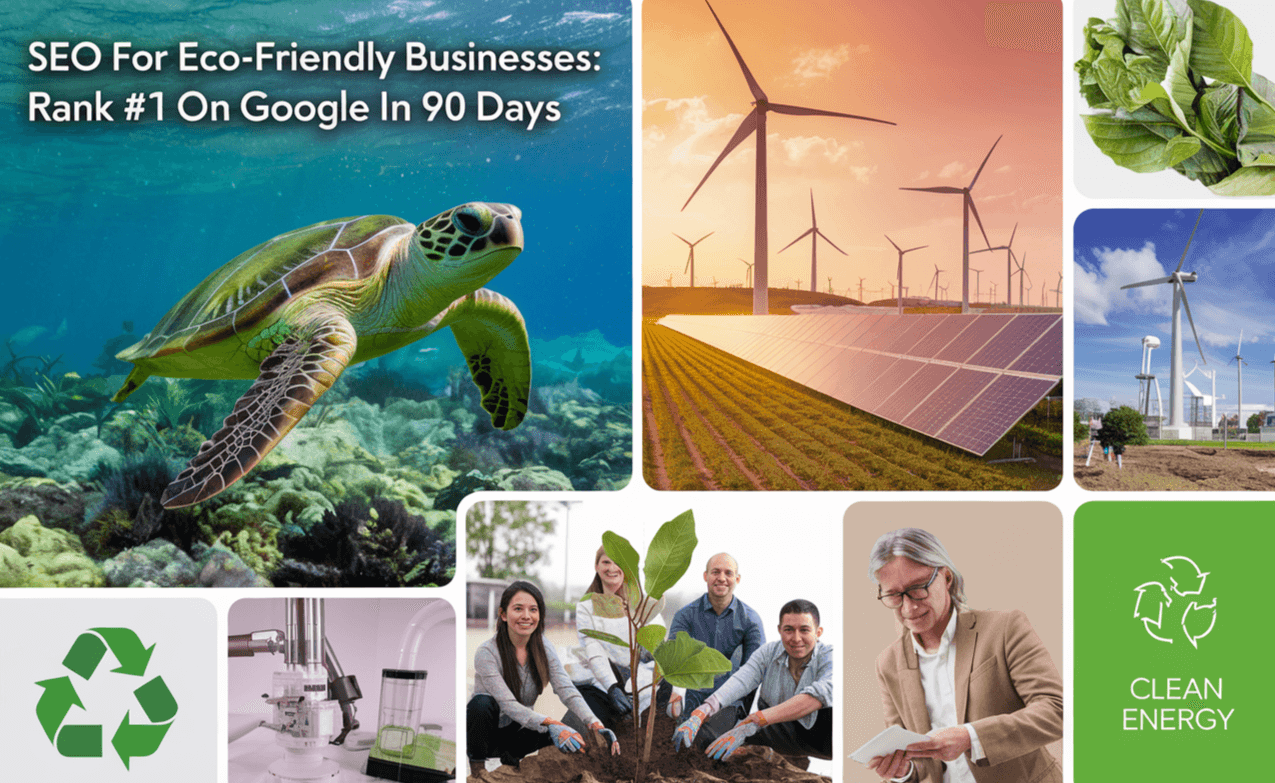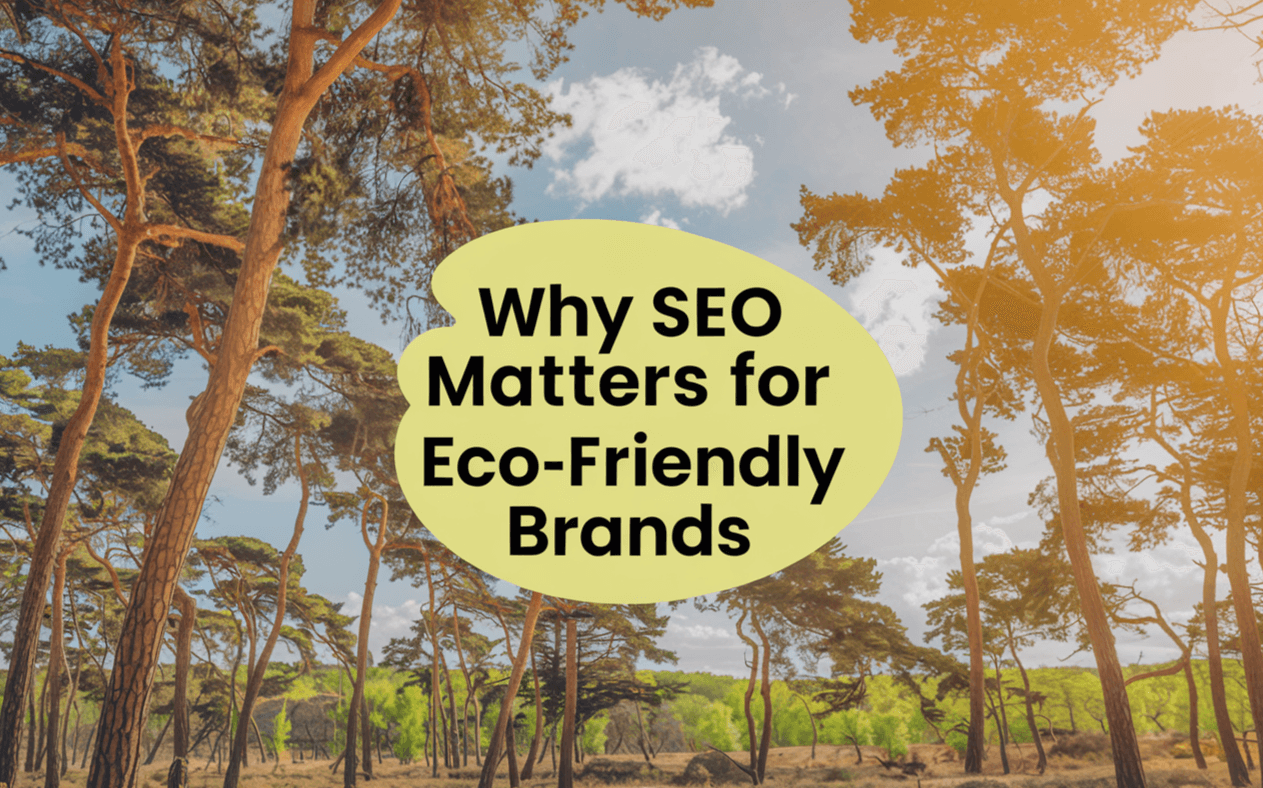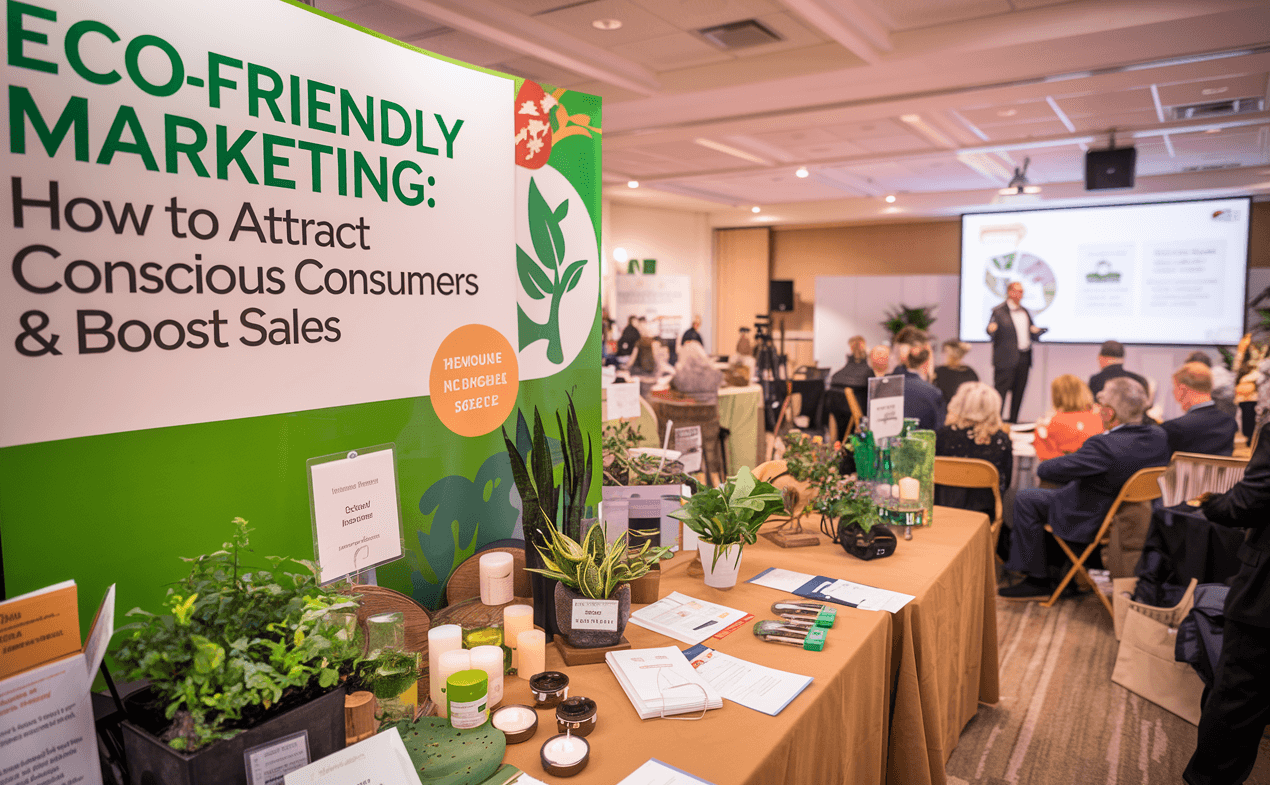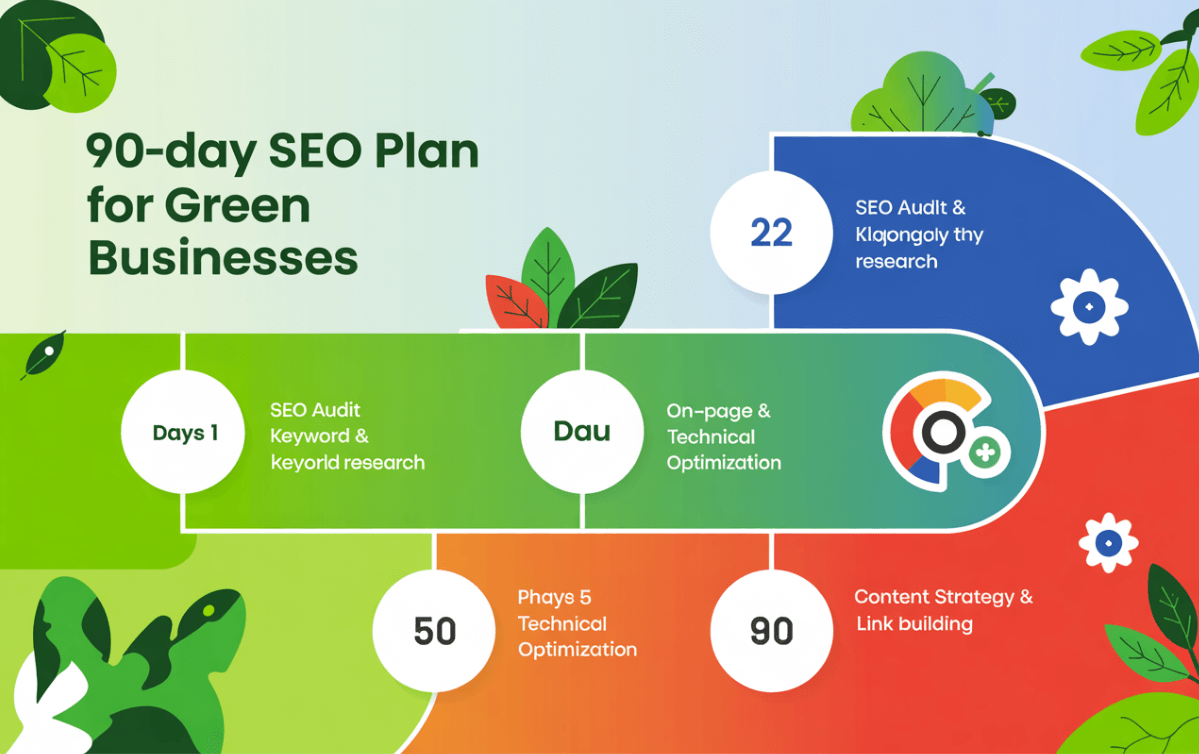
You’ve got a sustainable product, a beautiful website… but no traffic and struggling to get your eco-brand seen on Google?
In this guide, I’ll show you how to rank #1 on Google in just 90 days — even if you’re new to SEO.
Did you know 93% of online experiences begin with a search engine?
If your eco-business isn’t on page one, your ideal customers can’t find you.
Imagine being the top search result when someone Googles “eco-friendly toothpaste” or “zero-waste packaging” and your eco-store or green service ranking #1 on Google every time someone searches for sustainable products. More visibility.
More traffic. More impact.
This 90-day SEO roadmap will help you dominate Google — sustainably.
“Having an eco-friendly business isn’t enough if no one can find you online.” Let’s fix that.
In this ultimate guide, I’ll walk you through a proven 90-day SEO roadmap tailored specifically for eco-friendly businesses. Whether you’re selling zero-waste products or offering sustainable services, this SEO strategy will help you outrank your competitors and connect with conscious consumers—organically.

Eco-friendly businesses face a unique challenge: while your mission is powerful, your message often gets buried online.
Here’s why SEO is a game changer:
👉 70% of clicks go to the top 5 search results. If you’re not there, you’re invisible.
👉 Organic traffic is sustainable, just like your business model. Unlike paid ads, SEO keeps working for you 24/7.
👉 Eco-conscious consumers research first. If they don’t find you, they’ll buy elsewhere.
Good SEO = More awareness = Greater environmental impact.
Know Your Green Audience Inside-Out
Before you optimize, understand who you’re optimizing for.
🌱 Are they Gen Z eco-warriors?
🌱 Are they sustainable fashionistas?
🌱 Are they zero-waste families?
How to Find What They Search:
Use Ubersuggest, Google Trends, or Ahrefs to find terms like:
🌱 “Plastic-free shampoo UK”
🌱 “Eco-friendly packaging near me”
🌱 “Organic skincare for men”
Tip: Don’t just chase volume. Chase intent. Go for keywords that signal buying or comparing.
Your 90-Day SEO Action Plan (Infographic Recommended Here)
Week 1–2: Audit & Technical Fixes
✅ Fix broken links, redirects, slow loading pages
✅ Optimize mobile experience
✅ Set up Google Search Console and Google Analytics
Week 3–4: Keyword & Content Mapping
✅ Create a list of top keywords
✅ Assign keywords to current and new pages
Month 2: Create Optimized Content
✅ Write SEO blogs (like this one!)
✅ Create product/service pages with keyword-optimized headings and meta tags
Month 3: Build Authority
✅ Start backlink outreach to eco-bloggers
✅ Submit to directories like TreeHugger, GreenMatch, and Ethical Unicorn
✅ Get customer reviews (especially locally)
Set a Strong Technical Foundation
Even the greenest business can’t grow on shaky ground. Get your technical SEO in order:
👉 Site Speed: Use tools like GTMetrix or PageSpeed Insights
👉 Mobile Optimization: Over 65% of searches are mobile
👉 SSL Certificate: Secure websites rank better
👉 Crawlability: Fix 404 errors, and broken links using Screaming Frog
Eco Tip: Use green hosting services like GreenGeeks to reduce your website’s carbon footprint.
Target Eco-Friendly Keywords Strategically
Think like your audience.
Find Keywords That Reflect:
✅ Sustainability: “organic pet shampoo”
✅ Location: “eco salon Cardiff”
✅ Intent: “buy reusable cotton pads online”
Tools to Use:
✅ Google Keyword Planner
✅ Ahrefs or SEMrush
✅ People Also Ask (from Google SERP)
Bonus Tip: Include keywords in title tags, headers, and meta descriptions—but make it human, not robotic.

Create Content That Converts AND Ranks
Your content should do two things:
- Solve your audience’s problem
- Get picked up by search engines
Great Content Ideas:
✅ “10 Eco-Friendly Products That Actually Work”
✅ “How We Reduced Our Packaging Waste by 80%”
✅ “A Beginner’s Guide to Building a Sustainable Lifestyle”
To increase engagement, structure your content for easy reading.
Use bullet points, short paragraphs, and internal links to your blogs or product pages.
What’s more, telling your brand story builds trust. This aligns with Google’s E-E-A-T framework (Experience, Expertise, Authoritativeness, Trustworthiness).
As a result, you not only rank higher but also convert more readers into loyal, eco-conscious customers.
Don’t forget:
👉 Use bullet points and short paragraphs
👉 Include internal links to other blogs or product pages
Tell your brand story – it builds trust (part of E-E-A-T!)
On-Page SEO: Where Most Brands Go Wrong
Here’s what you need on each page:
✅ One focus keyword per page
✅ Keyword in the title tag (under 60 characters)
✅ Meta description that draws clicks (under 145 characters)
✅ Headers (H1-H3) that break up content
✅ Alt text on images (describe what’s shown)
✅ URL: Clean and keyword-rich (no random numbers)
Example: yourdomain.com/eco-friendly-toothbrush instead of yourdomain.com/prod?id=35&cat=4
Use tools like Yoast or RankMath to double-check everything.
Build Backlinks the Ethical Way
Links are like votes for your website’s credibility.
How to Get Them:
🌟 Reach out to eco-bloggers and offer guest posts
🌟 Write listicles or guides people will naturally link to
🌟 Create shareable visuals (infographics, charts)
🌟 Get featured in directories: Ethical Brands, GreenMatch, etc.
🌟 Partner with influencers who care about sustainability
Quick Win:
💡 Offer a “Sustainability Impact Report” PDF and let others quote it with a backlink
💡 Local SEO for Physical or Hybrid Green Businesses
If you have a shop, office, or serve local clients — local SEO is non-negotiable.
✅ Start by creating a Google Business Profile and encourage happy customers to leave reviews.
✅ In addition, make sure your NAP (Name, Address, Phone number) is consistent and placed in your footer.
✅ Use schema markup to help search engines understand your location and services.
This increases your chances of appearing in local search packs.
✅ What’s more, include “near me” keywords naturally in your content.
For example:
“Looking for an eco laundry service near Cardiff? You’re in the right place.”
As a result, you’ll attract more local customers who are actively searching for sustainable services nearby.
Example: “Looking for an eco laundry service near Cardiff? You’re in the right place.”
Monitor, Tweak, and Scale
SEO is not set-it-and-forget-it. It’s more like composting: check, adjust, and repeat.
Weekly/Monthly Tasks:
✅ Google Analytics: See which pages get the most traffic
✅ Google Search Console: Discover keywords you rank for
✅ SERP tracking: Use SERProbot or Ubersuggest
✅ Improve top-performing content (add FAQs, refresh stats)
✅ Update old posts with new info or images
Common Mistakes Eco Brands Should Avoid
🚨 Over-optimizing keywords (sounds robotic)
🚨 Focusing only on homepage instead of full site SEO
🚨 Skipping internal links
🚨 Ignoring technical issues
🚨 Not telling your brand story (kills trust)
Must-Have SEO Tools for Green Business Owners
Tool | Purpose |
Ubersuggest | Keyword research |
Google Search Console | Indexing & monitoring |
Screaming Frog | Site audit |
Canva | Infographics |
Hemingway App | Readability |
Yoast/RankMath | On-page optimization |

Conclusion: Let’s Grow Green, the Smart Way
Ranking #1 on Google doesn’t require a big budget—it requires smart moves, steady work, and authentic storytelling.
You already have the passion. Now you have the plan.
✅ Start with a technical audit.
✅ Understand your audience.
✅ Use ethical, high-impact SEO.
✅ Watch your rankings (and impact) grow.
Want More Help?
Comment your questions below or reach out. I’d love to hear about your green mission and how we can boost your visibility.


